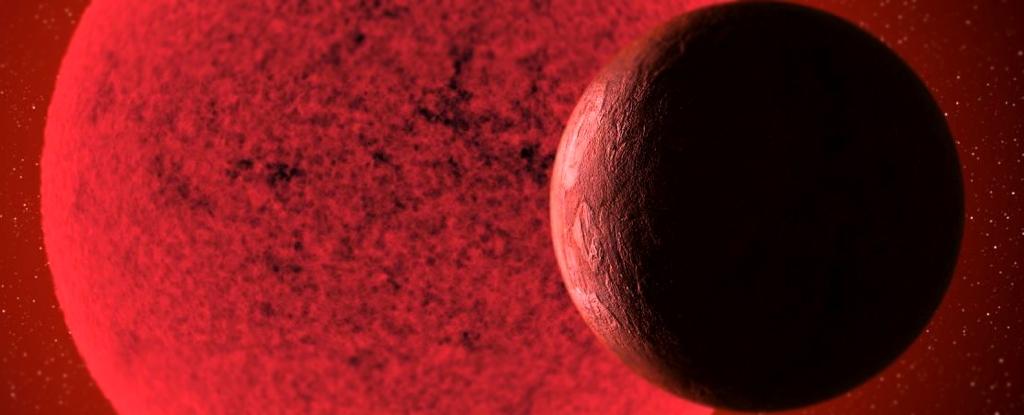With all of humanity’s telescopic eyes on the sky, it’s rare for an asteroid to take us by surprise. But that’s what happened this morning in the sky over the Philippines. Only hours after it was detected, it burned up in a bright flash above the island of Luzon.
NASA’s Catalina Sky Survey detected the small asteroid, now named 2024 RW1, only hours before it reached Earth’s atmosphere. It was only about one meter in diameter and posed no threat. Even though reports say it “struck the Earth,” in reality, it only struck the atmosphere, where objects that small burn up.
A video captured from the northern tip of the Philippines shows a flashing fireball partly obscured by clouds. The asteroid briefly created a tail, which disappeared quickly.
𝗪𝗘𝗟𝗖𝗢𝗠𝗘 𝗧𝗢 𝗘𝗔𝗥𝗧𝗛, 𝗔𝗦𝗧𝗘𝗥𝗢𝗜𝗗 𝟮𝟬𝟮𝟰 𝗥𝗪𝟭! ☄️
Here’s a clear shot of the much-awaited small asteroid 2024 RW1 (#CAQTDL2) burning bright into a greenish ‘fireball’ over Lal-lo, Cagayan around 12:39 AM PhST, 05 September 2024. Did you see it too? 😊
— ScienceKonek (@sciencekonek) September 4, 2024
This is only the ninth time that we’ve detected an asteroid before it reached Earth, though the European Space Agency says that a one-meter asteroid hits the Earth every two weeks.
Being taken by surprise by an asteroid is an unusual feeling. But though it was a surprise, it was detected before it reached us. We can take comfort that our automated sky surveys detected such a small object. If it was large enough to cause any amount of damage, it would’ve been brighter and we’d have detected it much sooner.
Though this one was no danger, that’s not always the case. In 2013, the 18-ton near-Earth asteroid called the Chelyabinsk meteor exploded over the Russian city. It created extensive ground damage and caused almost 1500 people to seek medical assistance, though nobody was killed.
Earth has suffered much more catastrophic impacts than that throughout its history, and that spectre haunts our civilization. The Chicxululb impact caused a mass extinction and ended the dinosaurs. The Vredefort Crater in South Africa was excavated two billion years ago by an impactor between 10 to 15 km in diameter.
But it’s not just an asteroid’s size that’s the problem. They strike Earth with great velocity. The ESA says that 2024 RW1 was travelling at 17.6 kilometres per second, or 63,360 kilometres per hour, which is the average speed for these objects.
Both NASA and the ESA actively search for and catalogue the asteroid population. NASA also invites experts to take part in regular mock exercises. In these exercises, teams of people are fed regular fabricated updates on the approach of a dangerous asteroid and asked to take whatever actions they see fit.
2024 RW1 was no threat. In fact, it’s a beautiful, natural spectacle.
But it’s also a reminder that Earth isn’t isolated from the cosmos, though in day-to-day life, it can seem like it is.
This article was originally published by Universe Today. Read the original article.





